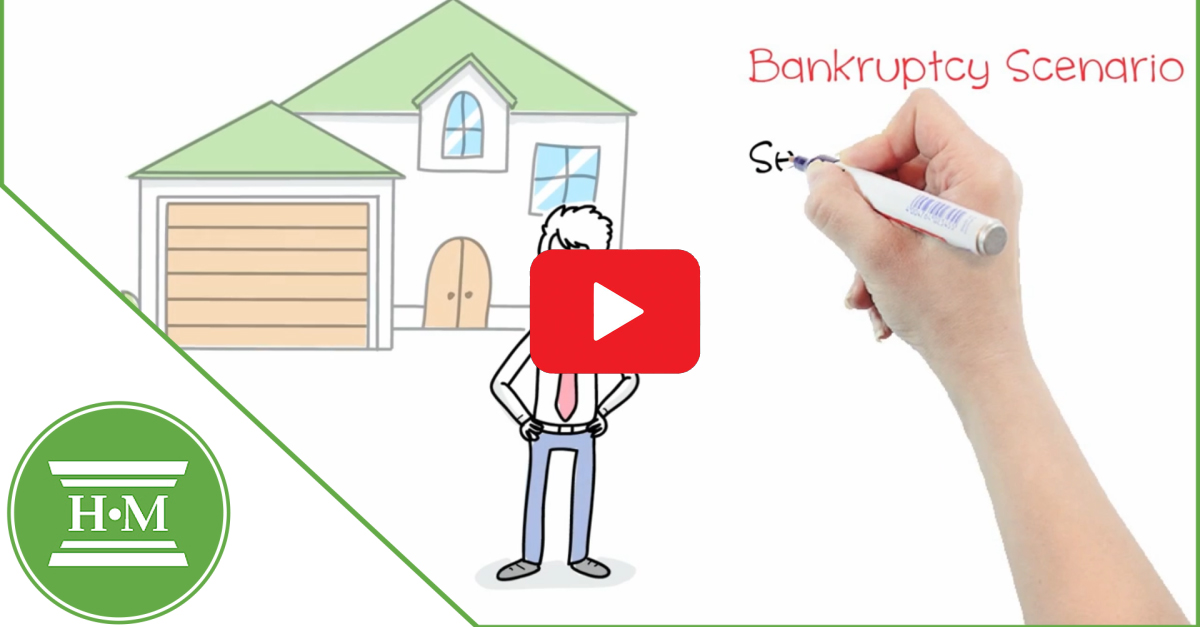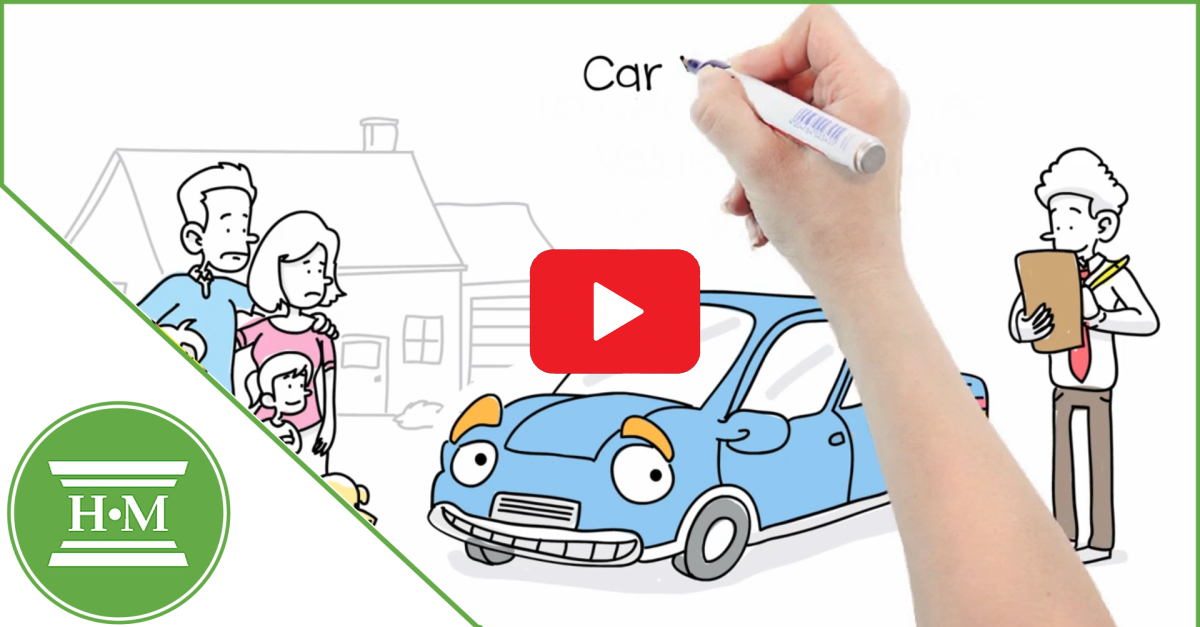The decision to file bankruptcy can be a scary one. Our team of Licensed Insolvency Trustees are asked many questions every day about how bankruptcy works and how declaring bankruptcy will affect you and your family. We have pulled together a list of the most commonly asked questions about personal bankruptcy in Canada. Feel free to bring these, or any other concerns, up with your LIT during your free consultation.
-
What does filing for bankruptcy do?
-
What is a Licensed Insolvency Trustee?
-
Do I qualify for bankruptcy?
-
What are the alternatives to bankruptcy?
-
How does a consumer proposal compare to bankruptcy?
-
What does bankruptcy cost?
-
What is surplus income?
-
What can you lose in bankruptcy?
-
What can I keep if I file bankruptcy?
-
Can you claim bankruptcy and keep your house?
-
Does filing bankruptcy affect my mortgage?
-
If I file bankruptcy can I keep my car?
-
What happens to my tax refund if I file bankruptcy?
-
Can I keep my credit card after I file for bankruptcy?
-
What happens to my wages in a bankruptcy?
-
Can bankruptcy take inheritance or other windfalls?
-
Does bankruptcy affect my spouse?
-
Can you use the same bank after bankruptcy?
-
How long does bankruptcy last in Canada?
-
Does bankruptcy affect your job?
-
What is a bankruptcy discharge?
-
What happens if I miss my bankruptcy payments?
-
What debts can be included in bankruptcy?
-
Does bankruptcy clear CRA tax debt?
-
Does bankruptcy clear student loans?
-
How much debt is worth filing for bankruptcy?
-
What debts are not included in bankruptcy?
-
What happens to co-signed debt if I file bankruptcy?
-
Can filing bankruptcy stop a wage garnishment?
-
When will collection calls stop after bankruptcy?
-
How long does bankruptcy stay on your credit report?
-
Can you own property after filing bankruptcy?
-
How long until you can get new credit cards or loans?
-
What steps should you take to rebuild your credit?
-
What is the Office of the Superintendent of Bankruptcy?
-
How many people go bankrupt in Canada each year?





